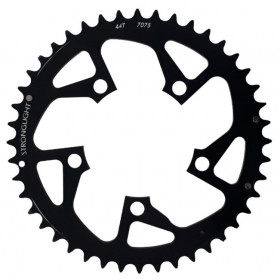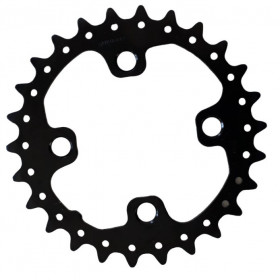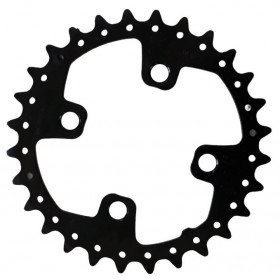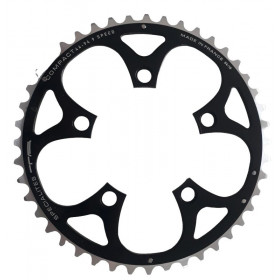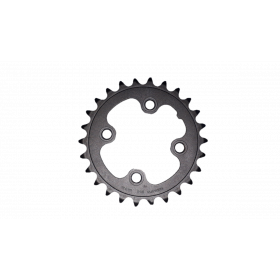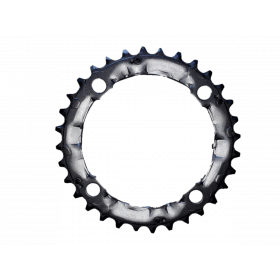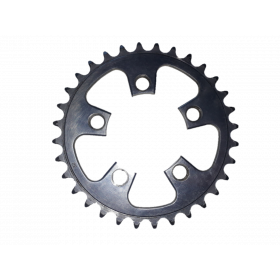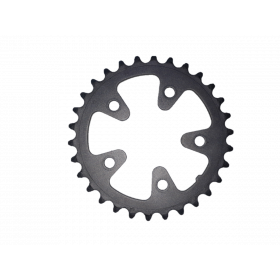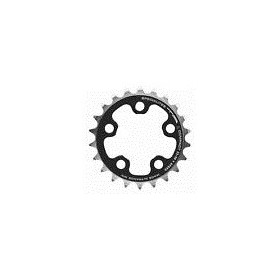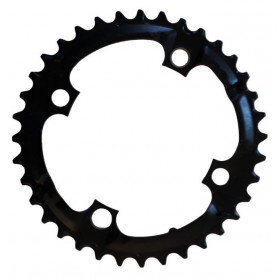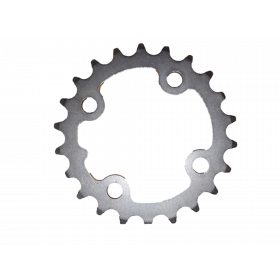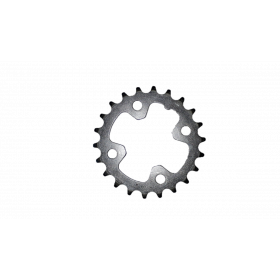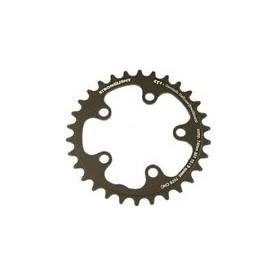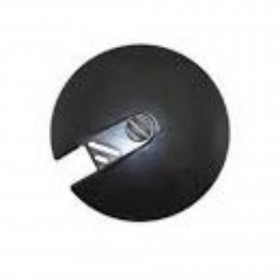-
Stronglight chainring 94 mm 8 9 speed
- €20.03
- €26.70
-
-
-
MTB chainring TA 44 teeth 94 mm 9s
- €38.57
- €55.10
-
-
-
-
-
-
-
-
-
-
-
Showing 1-15 of 15 item(s)
A city bike chainring is the part of the transmission system located at the front of the bike, generally attached to the cranks, and which is in direct contact with the chain. Here is a description of its function and main characteristics:
1. Power transmission:
The chainring is responsible for transmitting the cyclist's pedaling force to the chain, which then transfers this power to the bicycle's drive wheel.
2. Compatibility:
The chainrings must be compatible with the cranks of the bike and with the transmission system, in particular with the chain and the cassette at the rear. They are available in different diameters and tooth counts to accommodate different drivetrain configurations and rider preferences for gear ratios.
3. Materials:
Chainrings can be made from a variety of materials, including aluminum, steel, carbon, or titanium. Aluminum is the most common material due to its light weight and durability. Steel chainrings are also durable but heavier, while carbon and titanium ones are lighter but often more expensive.
4. Teeth design:
Chainrings can have different tooth shapes, such as wide or narrow teeth, to help hold the chain in place and improve shifting performance. Some chainrings can also be equipped with ramps or special profiles to facilitate the passage of the chain from one chainring to another.
5. Corrosion protection:
Some chainrings are treated with special coatings or anodized to protect against corrosion and wear, which can extend their life in wet or corrosive conditions.
6. Number of teeth:
The number of teeth on a chainring influences the gear ratio and therefore the pedaling effort required. Chainrings with a greater number of teeth provide a higher gear ratio, suitable for riding on flat surfaces or downhill, while chainrings with fewer teeth provide a lower gear ratio, suitable for riding on an uphill slope. climb.
7. Ease of assembly:
The chainrings are usually mounted to the cranks using retaining bolts. They can be easily replaced or upgraded to meet the rider's drivetrain needs.
In summary, the city bike chainring plays a crucial role in transmitting the rider's pedaling power to the drivetrain system. Available in a variety of materials, designs and tooth counts, it offers drivetrain customization to meet the urban rider's riding performance needs and preferences.

